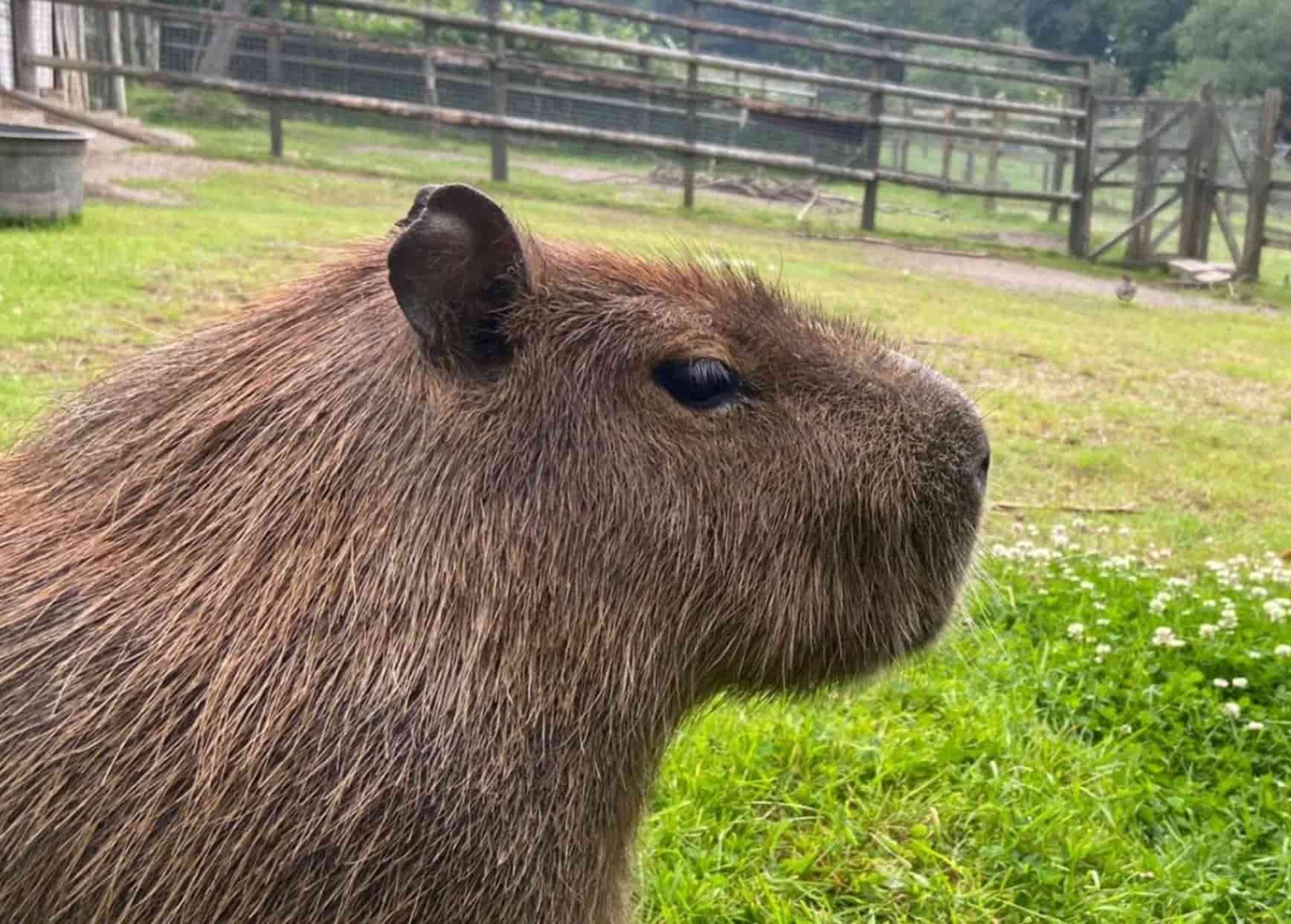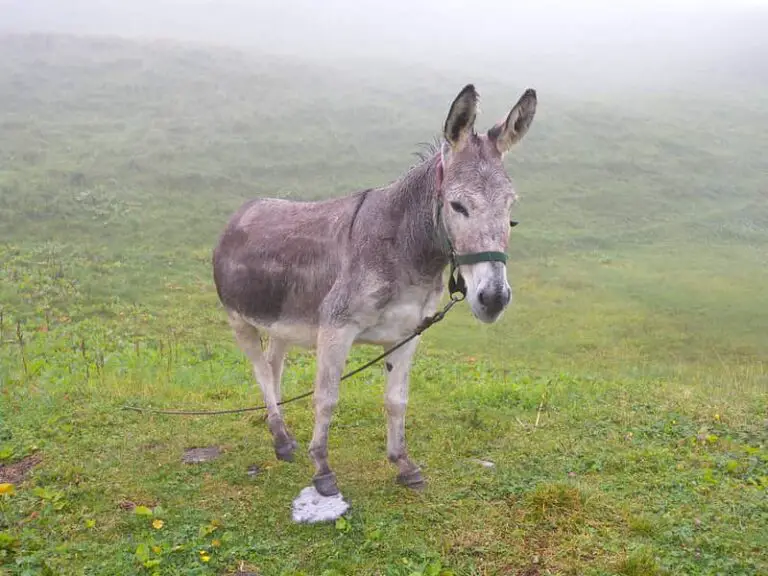Why Do Capybaras Wiggle Their Ears? (This is the Reason)

Capybaras are robust animals covered with fur, few parts of their body are as vulnerable as their ears. Capybaras can wiggle their ears rapidly to protect their orifices from insects.
This action is especially performed when capybaras lower their heads to eat or while lying down. The outer area of the capybara’s ear, which is not furred, has a cavity and is a suitable place for many insects to nest.
In fact, if you google images of ticks in the ear of a capybara you will see what I am talking about, although I warn you that it can be a rather unpleasant image, you may not want to see it while you are eating something.
No hands, no tail, no problems
Capybaras have very sensitive ears, both on the outside, and much more on the inside, if you have ever experienced what it feels like when an insect accidentally gets into your nose or ear, imagine what it feels like for a capybara that may have a more developed ear than a human.
That is, the capybara uses its ear as its main sense to protect itself from predators, the location of the capybara’s ear on the top of its head is a strategic advantage to be able to keep its ear above the water while the capybara dives.
At the same time, however, having such exposed ears can be a problem for insects that constantly seek out these cavities.
And I mean that insects can enter the capybara’s ear on purpose, looking for a place to nest their eggs.
Capybaras obviously do not have hands like us humans, nor do they have tails, but fortunately, the muscles behind their ears allow them to wiggle their ears quickly and forcefully to keep insects away, a very effective movement.
The mosquito is a source of nuisance to the capybara
As it turns out, the capybara has to defend itself not only against large predators, such as the jaguar, but the mosquito is also an enemy against which the capybara must defend itself.
Some insects, such as mosquitoes, are attracted to the thin, sensitive skin inside the capybara’s ears. This type of insect will try to feed and lay its eggs there and will leave the animal frustrated and extremely upset.
The mosquito and the capybara coexist in the same place, warm and humid places, so the capybara’s first line of defense against mosquitoes is to wiggle its ears.
Occasionally, the capybara may develop so-called ear tags, lumpy lesions that have the texture and appearance of small cauliflowers, which are spread by mosquitoes and flies. A capybara with this type of lesion may be aggressive and irritable, who wouldn’t be?
A deaf capybara is a dead capybara
For a capybara, protecting its ears is a matter of life and death, maybe I am being too dramatic, but it is the reality, as I said before, capybaras are the prey of predators much faster than them, the jaguar is an example.
The capybara manages to avoid most of the attacks of faster predators by anticipation, for this they use their ears, but, a tick bite for example, in the inner part of the ear of a capybara, can cause permanent hearing loss due to bacterial complications.
If a capybara does not hear a jaguar coming or does not hear the warning call of its companions, then its life is in serious danger.
If you watch this video, for example, of a capybara resting very quietly and constantly flapping its ears, you may notice (if you have good eyesight) that there are insects flying around its ears.
It’s not all drama
Well, although the capybara moves its ears to protect it from insects as the main reason, not everything is drama, and this is possibly not the only reason.
In other cases I have seen capybara moving their ears, they did it in moments where they felt very confident and comfortable, this is the case of many other mammals that also move their ears while they are confident but at the same time alert.
So to summarize, the capybara wiggles its ears mainly as a protective measure against insects, and also at times when it feels comfortable and maintains a passive attitude of attention.
What other animals wiggle their ears to protect themselves from insects?
Other cases of animals that move their ears to protect themselves from insects are horses, donkeys and also cows, for the same reasons, they do it to protect the cavity and the inside of their ears from insect lodging.
Horses, cows and donkeys can also protect the back of their bodies from insects with their tails, which the capybara cannot do because it does not have one.






